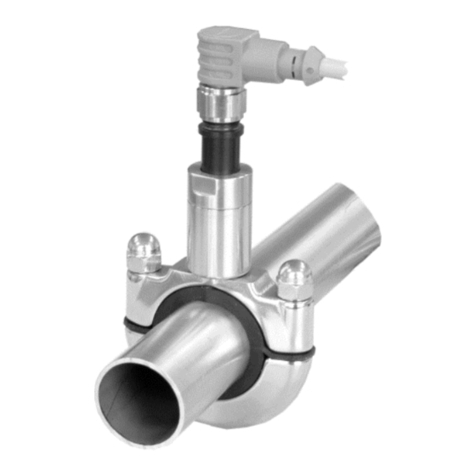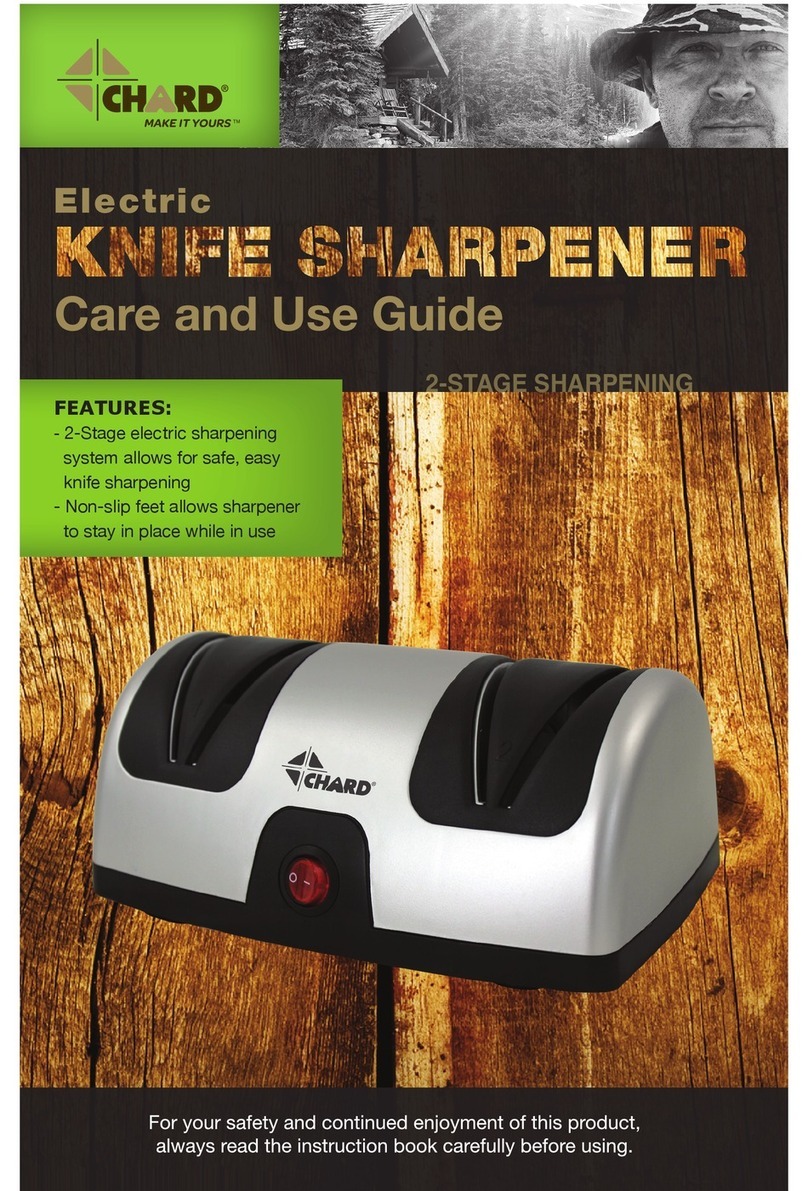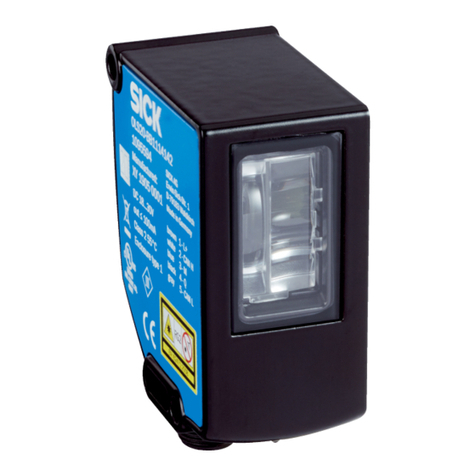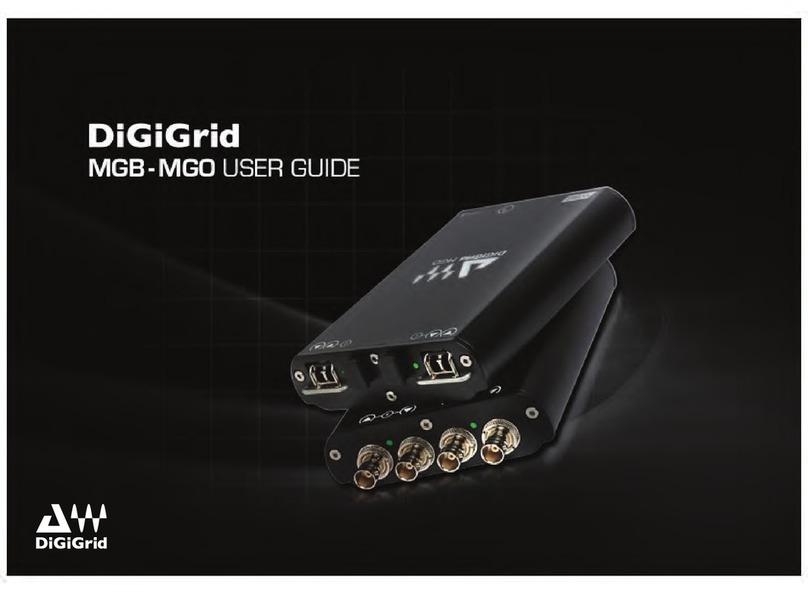Korpi and Sons KBT16 User manual

Kayak Paddle Trainer
User Manual
Visit our website at: KayakTrainer.com
Read the material before using this product.
Failure to do so can result in serious injury.
SAVE THIS MANUAL.
Copyright 2012-2016 by Korpi and Sons. All rights reserved. No portion of this manual or any artwork
contained herein may be reproduced in any shape or form without the express written consent of Korpi and
Sons. Diagrams within this manual may not be drawn proportionally. Due to continuing improvements,
actual product may differ from the product described herein. Tools required for service may not be
included.

2
Name ______________________________ Purchase Date ___________ Serial Number ________
PRODUCT SPECIFICATIONS
Resistance Levels 15 resistance settings
Dimensions 48” to 64”L x 16”W x 18”H
Weight 25 pounds
Designed use consumer
Max user weight 300 pounds
Performance Monitor 1. Cadence (Strokes Per Minute)
2. Paddling Time (Minutes:Seconds)
3. Velocity (miles/hour)
4. Distance (miles)
5. Power (Watts)
6. Energy (Calories)
7. 15 resistance levels (about 1to15 pounds pulling force)
8. 2 dynamic resistance modes
9. paddle pull indicator
Isometric Resistance Resistance setting changes the max pulling force. The resistance
increases exponentially as the cadence and velocity increase
Batteries Performance Monitor uses 2 type CR123 batteries
Materials
Frame
Rope
Seat
Foot brace
Pulley blocks
Finished wood
5/16” braided synthetic fiber
Padded contour swivel seat
Adjustable foot brace
Marine low friction
SAVE THIS MANUAL
You will need this manual for the safety warnings and precautions, operating, inspection,
maintenance and cleaning procedures, parts list and assembly diagram. Keep your invoice
with this manual. Keep this manual and invoice in a safe and dry place for future reference.
GENERAL SAFETY RULES AND PRECAUTIONS
WARNING: Read the following important precautions and information before using the
Kayak Paddle Trainer.
- Exercise can present a health risk; consult with a physician before beginning any exercise
program with this equipment.
- Warming up and stretching before and after a workout will help minimize the risk of
injuries.

3
- Maintain a clear area of 3.5 to 4 feet on the sides and back of the trainer for an
unobstructed paddle stroke.
- Use a firm grasp on the handle and frame while lifting and moving the trainer. Do not lift
the unit by the flywheel, ropes or movable parts as these may shift position causing you
to drop the unit or pinch your fingers.
- Use the trainer on a flat, level, sturdy surface, away from moisture and dust. Do not store
the trainer in a damp area or covered patio, or near water.
- Never allow more than one person on the trainer at a time.
- Remain seated while operating the trainer with feet either on the ground or on the foot
braces. Adjust foot braces so knees are slightly bent.
- Increase the duration and intensity of exercise in small increments to avoid muscle strain
and soreness.
- If you feel faint or dizzy, immediately discontinue use of this equipment.
- Watch what you are doing, and use caution and common sense while exercising. Do not
use the trainer while under the influence of drugs, alcohol or medication.
- Keep other people and pets away from the trainer when in use.
- Always make sure screws and attachments are secured tightly prior to each use. Inspect
and replace any frayed cords and rope.
- Do not operate the trainer where aerosol spray products are being used or where oxygen
is being administered. Sparks from the generator may ignite a highly gaseous
environment.
- Do not attempt to use your trainer for any purpose other than the purpose for which it is
intended.
ASSEMBLY INSTRUCTIONS
The unit has been partially disassembled for shipment in two boxes. The long mailing tube
contains the paddle and the rectangular box contains the rest of the unit.
1. Locate a clear area of at least 6 foot by 8 foot so paddling motion is not impeded.
2. Remove all items from the boxes.
3. Attach the rope ends to the paddle using the double overhand sliding loop or slip knot to
secure the rope to the paddle. The slip knot cinches onto the paddle when the rope is pulled
and may be removed by pulling the knot away from the paddle

4
4. Adjust the take up pulley tension as follows: Press the cord clamp release button on
bungee cord clamp and to increase or decrease the length of the bungee to maintain tension
of the rope on the drive pulleys.
5. Turn on the PM power switch. You are ready to paddle.
PERFORMANCE MONITOR
Cadence (SPM)
Speed (mph)
Power (W)
Time (m:s)
Distance (mi)
Energy (Cal)
Kayak
On / Off
Paddle Trainer
Performance
Level Pull Detect
Basics
The Performance Monitor (PM) is used to provide feedback of six different factors that
indicate the level of performance being exerted by the paddler. The top three LEDs light up
corresponding to the specific factor being displayed. The LEDs light up yellow to indicate
factors in the yellow box or red to indicate factors in the red box; for example, when the third
LED lights up red, the factor being displayed is the expended energy in calories. The six
factors are displayed in turn in a cycle that takes 20 seconds and then repeats itself. If the
flywheel stops rotating for more than 4 minutes, the power turns off to conserve battery
energy. When the flywheel stops, the factors on the left side, the “yellow” factors read zero,
while the “red” factors maintain their accumulated values. If the athlete resumes paddling
before power turns off, the measurements continue as if the flywheel had not stopped. The
PM may also be switched off by pressing the On/Off button continuously for 5 seconds.
Exercise Level Setting
When the PM is on, press the On/Off button to change the level setting. The first press will
show the current level setting and subsequent presses will increment the level setting. The
level starts at 1 when the unit is turned on and each press increases the level by one. After all

5
levels, the level count rolls over to 1 on the next button press. Levels 1-15 simulate flat water
paddling with an increasing paddle resistance simulating river current, wind or kayak profile
based resistance. There are two additional dynamic modes: (16) this mode slowly changes the
resistance to simulate riding ocean swells with a slowly changing paddling resistance; and (17)
this mode provides a faster changing resistance profile to simulate paddling into the storm with
changing wave intensity and multiple random overlapping waves.
Trainer Functional Overview
The paddler performs a kayak paddling motion that pulls on the ropes at the end of the paddle.
The ropes in turn spin rollers on the flywheel axle and the flywheel. A flywheel belt drives a
motor/generator that is connected to variable electronic load. The motor/generator and
electronic load act as a brake, generating a variable resistance to the paddling motion.
The PM monitors the flywheel speed with a magnetic pickup. The flywheel revolutions per
minute (RPM) produce the velocity and distance measurements. The RPM variations are
monitored and used to produce cadence measurements and a stroke indicator light. The level
settings and RPM data are used to control the variable resistance of the electronic load.
Performance Measurements
A small computer in the PM is used to monitor flywheel RPM to calculate several
measurements and display them to the paddler. These factors are explained below:
1. Cadence: The cadence is the stroke rate in Strokes Per Minute (SPM) where a stroke is
defined as each time the paddle is pulled pack against either water or tensioned rope.
2. Time: The time parameter indicates the duration of the workout session and is produced
by the computer clock whenever the computer detects that the athlete is providing power
to spin the flywheel.
3. Velocity: The velocity or speed parameter is similar to the velocity of a boat on the water
and is directly proportional to flywheel speed.
4. Distance: The distance parameter indicates the distance traveled by the boat over the
duration of the workout.
5. Power: The power is generated by the paddler and is a function of the flywheel RPM
and the average force being generated by the paddler.
6. Energy: The energy is an indication of the amount of work that has been done during the
exercise session. It is a product of the average power and duration of the exercise
session.

6
OPERATING INSTRUCTIONS
1. Take a few minutes to warm-up and stretch your body.
2. Take a seat on the trainer with feet on the floor and slowly move the paddle shaft in a
wide controlled stroke to see that there are no obstructions to a full paddle movement.
Reposition the trainer as necessary so an unobstructed stroke is obtained.
3. Adjust foot braces to comfort level. The optimal position is such that the knee is slightly
bent but may be straightened when pushing off against the foot brace.
4. Adjust the bungee cord if necessary. Tighten or loosen the bungee cord such that the
paddle rope is gripping and not slipping on the rollers.
5. Use proper paddling posture and technique to prevent common muscle and joint injuries.
Sit with an upright or slightly leaning forward posture. Rely on your core muscles and not
just your arm muscles for power. Start by holding the paddle at arms length with your
arms parallel at shoulder width. If you lock your elbows you will find the only way to
paddle is to rotate your torso and use your core muscles. Then, bend your elbows slightly
and continue the same motion with your arms transferring the power from the core to the
push and pull motion of the paddle.
6. Paddle at the desired cadence and duration to your liking and comparable to on water
exercise.
7. Take a few minutes to cool down and stretch again.
WARM-UP AND COOL DOWN
Warm-Up
The purpose of warming up is to prepare your body for exercise and to minimize injuries.
Warm up for two to five minutes before strength training or aerobic exercising. Perform
activities that raise your heart rate and warm the working muscles. Activities may include
brisk walking, jogging, jumping jacks, jump rope and running in place.
Stretching
Stretching while your muscles are warm after a proper warm-up and again after your strength
or aerobic training session is very important. Muscles stretch more easily at these times
because of their elevated temperature, which greatly reduces the risk of injury. Stretches
should be held for 15 to 30 seconds. Do not bounce.
Remember to always check with your physician before starting any exercise program.
Cool-Down
The purpose of cooling down is to return the body back to its normal, or near normal, resting
state at the end of each exercise session. A proper cool-down slowly lowers the heart rate
and allows blood to return to the heart. The cool-down should include stretches after each
strength training session.

7
EXERCISE GUIDELINES
Base your exercise program on your physical condition. If you have been inactive for several
years or are severely overweight, start slowly and increase your workout time gradually.
Increase your workout duration and intensity gradually by monitoring your heart rate while
you exercise.
Initially you may only be able to exercise within your target zone for a few minutes. As you
continue exercising, your aerobic capacity will improve over a period of 6-8 weeks.
It is important to pace yourself while you exercise so you don’t tire too quickly.
For cardio respiratory training benefits, the American Heart Association recommends
working out at a Target Heart Rate Zone of between 60% and 75% of your maximum heart
rate based on age. To predict your maximum heart rate, use the formula 220-Age =
maximum heart rate. For example, if you are 40 years old, your max rate is: 220-40 = 180.
Your exercise heart rate range is then 0.6x180=108 to 0.75x180=135 beats per minute. If
just starting out, work out at the low end of your target heart rate zone. As your aerobic
capacity improves, gradually increase the intensity of your workout by increasing your heart
rate.
Measure your heart rate periodically during your workout with a heart rate monitor or by
counting the number of heart beats for six seconds and multiplying the number by 10 to get
your heart rate. For example if your six second heartbeat count is 15, your heart rate is 150
beats per minute. Adjust your exercise intensity such that your heart rate is within proper
range for your age.
TRAINER INSPECTION, MAINTENANCE AND CLEANING
1. Before each use, inspect the general condition of the trainer. Check for loose screws,
misalignment or binding of moving parts, frayed rope or cords, cracked or broken parts
and any condition that may affect the safe use of the trainer. Do not use the trainer if it is
damaged; have the problem corrected before further use.
2. To clean, wipe with a damp cloth, using a mild detergent. Never use solvents such as
alcohol, trichloroethylene, etc on the trainer.
3. If the rollers do not spin freely, it may be necessary to lubricate the main axle. Any light
machine oil may be used. Apply oil sparingly to space between the shaft collar and the
fender washer. Be careful not to get any oil on the roller surface or the rope. If this
happens, the rope will fail to grip the roller. If oil gets on the roller, it must be cleaned.
If oil gets on the rope it may have to be replaced.

8
PLEASE READ THE FOLLOWING CAREFULLY
THE MANUFACTURER AND/OR DISTRIBUTOR HAS PROVIDED THE PARTS LIST
AND LOCATION DIAGRAM IN THIS MANUAL AS A REFERENCE TOOL ONLY.
NEITHER THE MANUFACTURER OR DISTRIBUTOR MAKES ANY
REPRESENTATION OR WARRANTY OF ANY KIND TO THE BUYER THAT HE OR
SHE IS QUALIFIED TO REPLACE ANY PARTS OF THE PRODUCT. IN FACT, THE
MANUFACTURER AND/OR DISTRIBUTOR EXPRESSLY STATES THAT ALL
REPAIRS AND PARTS REPLACEMENTS SHOLD BE UNDERTAKEN BY CERTIFIED
AND LICENSED TECHNICIANS, AND NOT BY THE BUYER. THE BUYER
ASSUMES ALL RISKS AND LIABILITY ARISING OUT OF HIS OR HER REPAIRS TO
THE ORIGINAL PRODUCT OR REPLACEMENT PARTS THERETO, OR ARISING
OUT OF HIS OR HER INSTALLATION OR REPLACEMENTS PARTS THERETO.
PARTS LIST
Part
Description No. Part
Description No.
1 Pulley mounting cord 016-01
13 Rope Block 016-13
2 5/16” rope 016-02
14 Axle 016-14
3 Paddle shaft 016-03
15 Magnetic Pickup 016-15
4 Seat 016-04
16 Upright block 016-16
5 Clutch roller 016-05
17 Bungee cord 016-17
6 Drive belt 016-06
18 Nylon eyelet 016-18
7 Generator 016-07
19 Shaft collar 016-19
8 Electronic load 016-08
20 Fender washer 016-20
9 Power meter 016-09
21 Wood frame 016-21
10 Foot brace 016-10
22 Cord lock 016-22
11 Bottom bracket bearing 016-11
23 Motor bracket 016-23
12 Flywheel 016-12
24 Star Knob 016-24

9
ASSEMBLY DIAGRAM
3
1
2
4
5
6
7
910
12
13
14
15
19
21
13 11
24
8
16
17
22
18
23
Note:
Some parts are listed and shown for illustration purposes only,
and are not available individually as replacement parts.

10
WARRANTY
Korpi and Sons makes every effort to assure that its products meet high quality and
durability standards and warrants to the original purchaser that for a period of ninety days
from the date of purchase that the motor/generator, the belts and rope are free of defects in
materials and workmanship. Korpi and Sons also warrants to the original purchaser, for a
period of one year from the date of purchase, that all other parts and components of the
product are free from defects in materials and workmanship (90 days if used as common gym
equipment; for example in a school, exercise club or as rental equipment). This warranty
does not apply to damage due directly or indirectly, to misuse, abuse, negligence or
accidents, repairs or alterations outside our facilities, normal wear and tear, or lack of
maintenance. We shall in no event be liable for death, injuries to persons or property, or for
incidental, contingent, special or consequential damages arising from the use of our product.
Some states do not allow the exclusion or limitation of incidental or consequential damages,
so the above limitation of exclusion may not apply to you. THIS WARRANTY IS
EXPRESSLY IN LIEU OF ALL OTHER WARRANTIES, EXPRESS OR IMPLIED,
INCLUDING THE WARRANTIES OF MERCHANTABILITY AND FITNESS.
To take advantage of this warranty, the product or part must be returned to us with
transportation charges prepaid. Proof of purchase date and an explanation of the complaint
must accompany the merchandise. If our inspection verifies the defect, we will either repair
or replace the product at our election or we may elect to refund the purchase price if we
cannot readily and quickly provide you with a replacement. We will return repaired products
at our expense, but if we determine there is no defect, or that the defect resulted from causes
not within the scope of our warranty, then you must bear the cost of returning the product.
This warranty gives you specific legal rights and you may also have other rights, which
vary from state to state.
Table of contents
Popular Accessories manuals by other brands
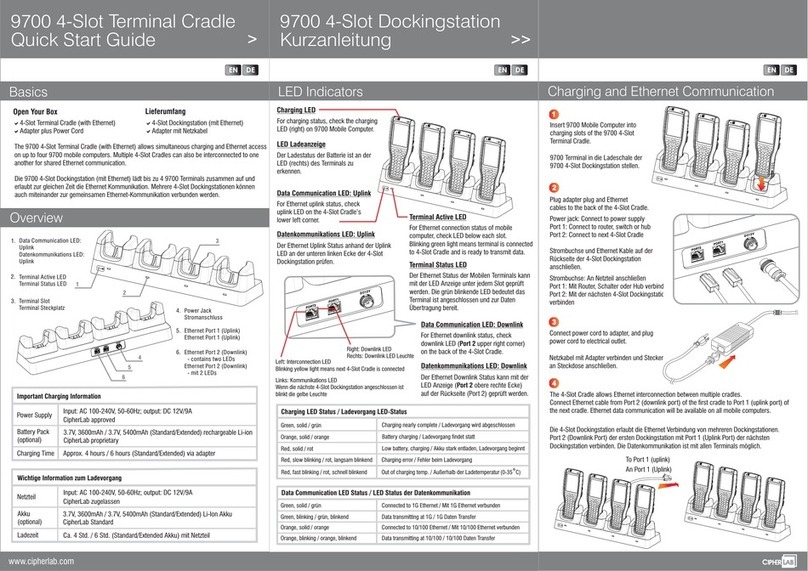
CipherLab
CipherLab 9700 quick start guide
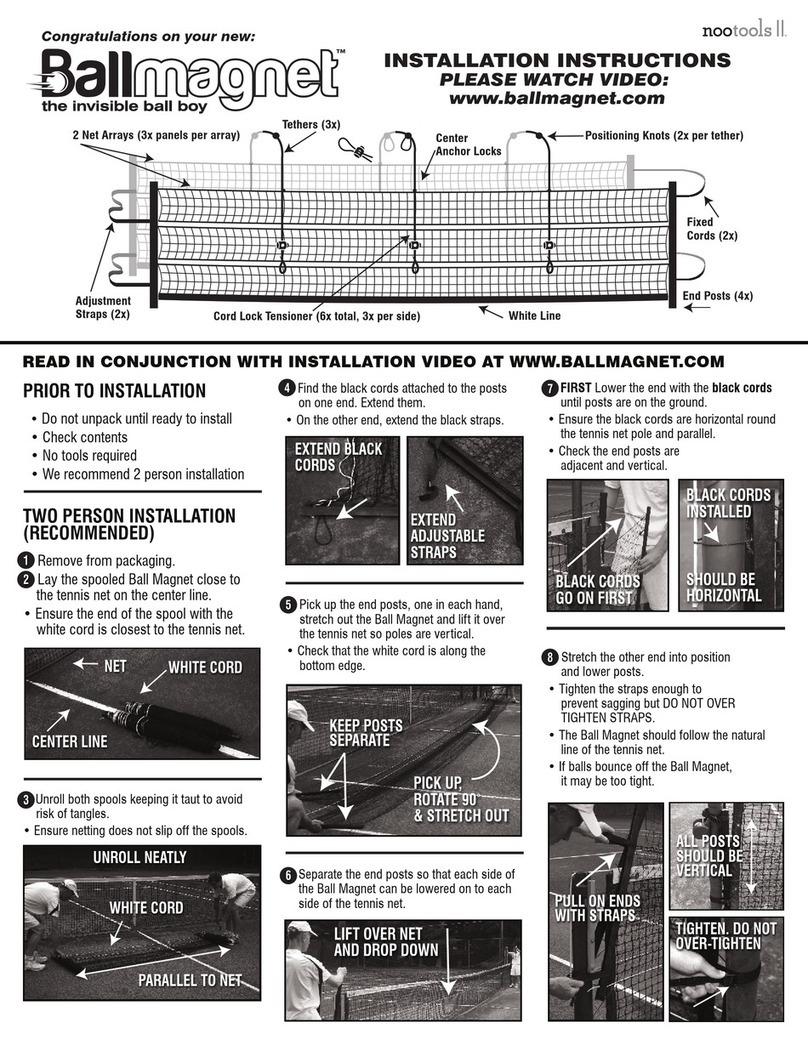
Nootools II
Nootools II Ballmagnet Nstallation instructions

Tecknet
Tecknet iEP330 user manual
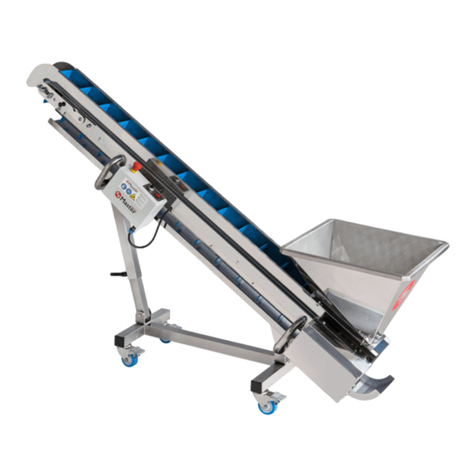
Master
Master Lift Conveyor Instructions for use and maintenance

Leuze electronic
Leuze electronic LRS Technical description
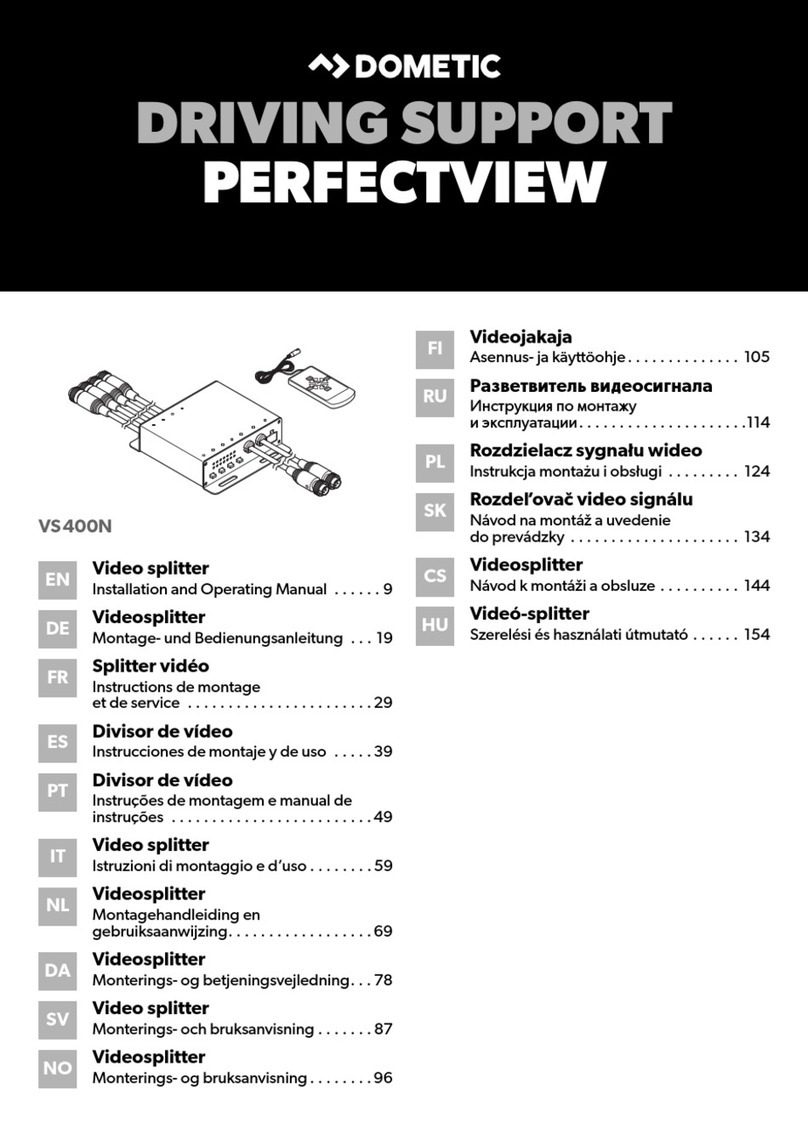
Dometic
Dometic PERFECTVIEW VS400N Installation and operating manual
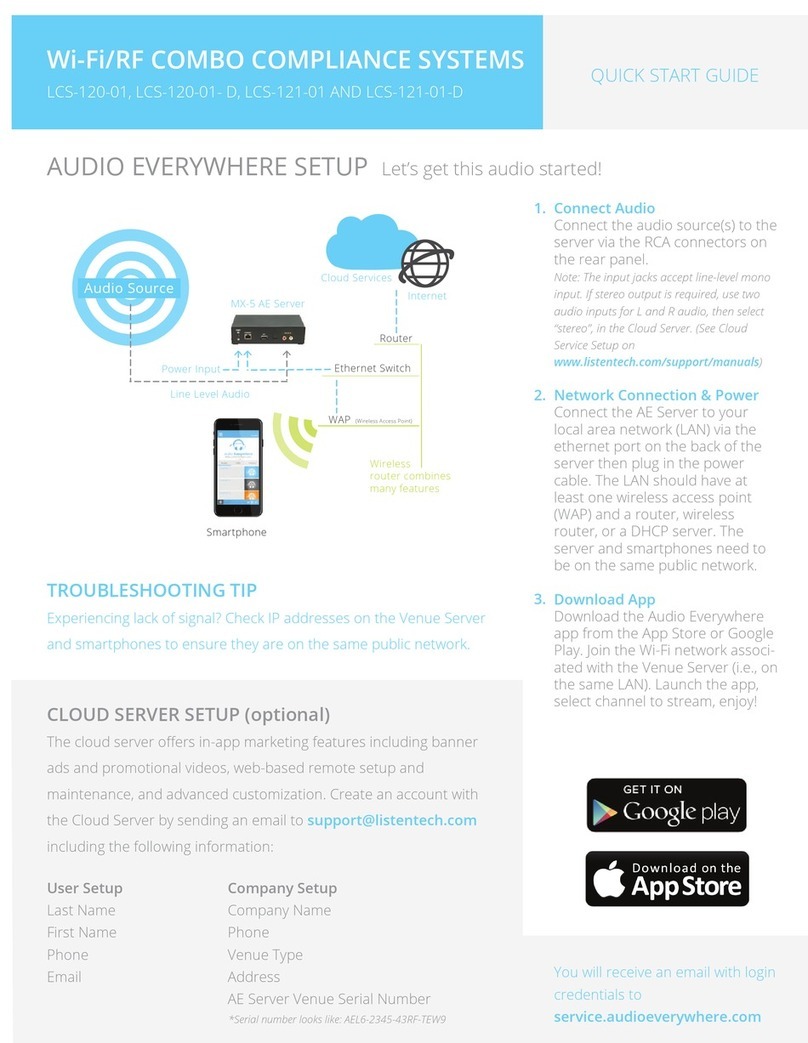
Listen Technologies
Listen Technologies LCS-121-01 quick start guide
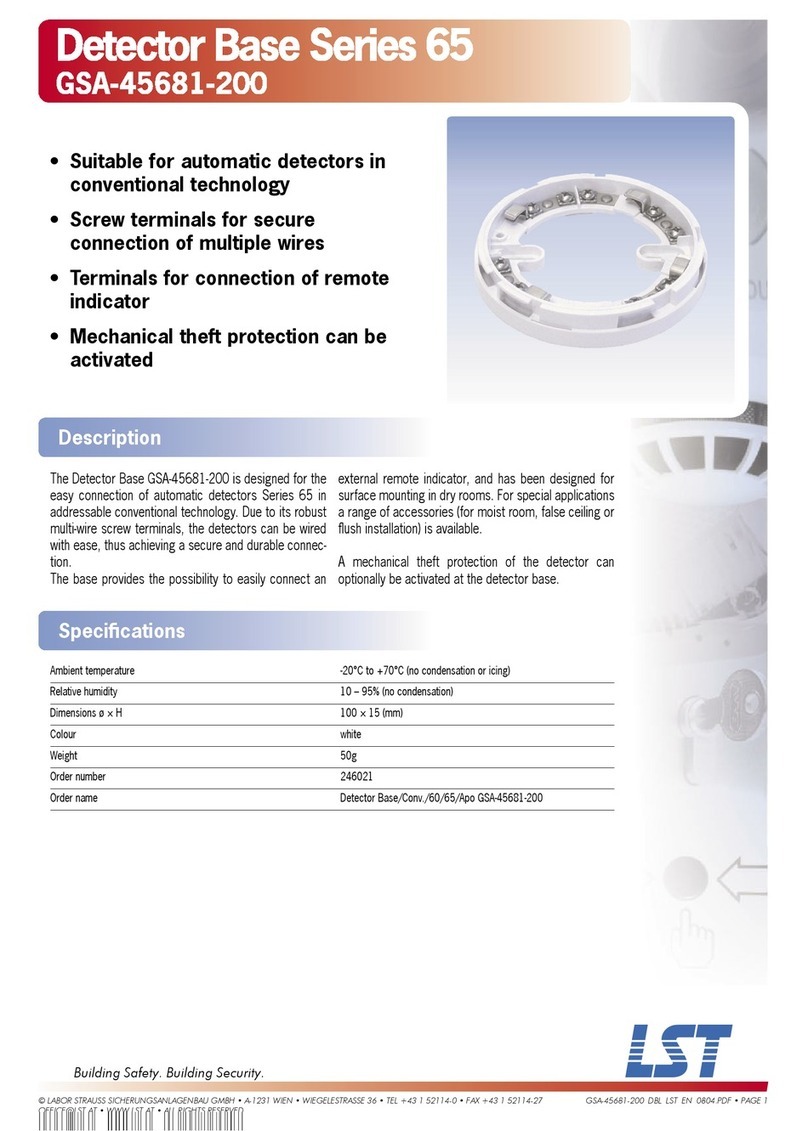
LST
LST GSA-45681-200 Specification sheet

Eurotronic
Eurotronic Air Quality SensorZ-Wave Plus Installation & operation guide
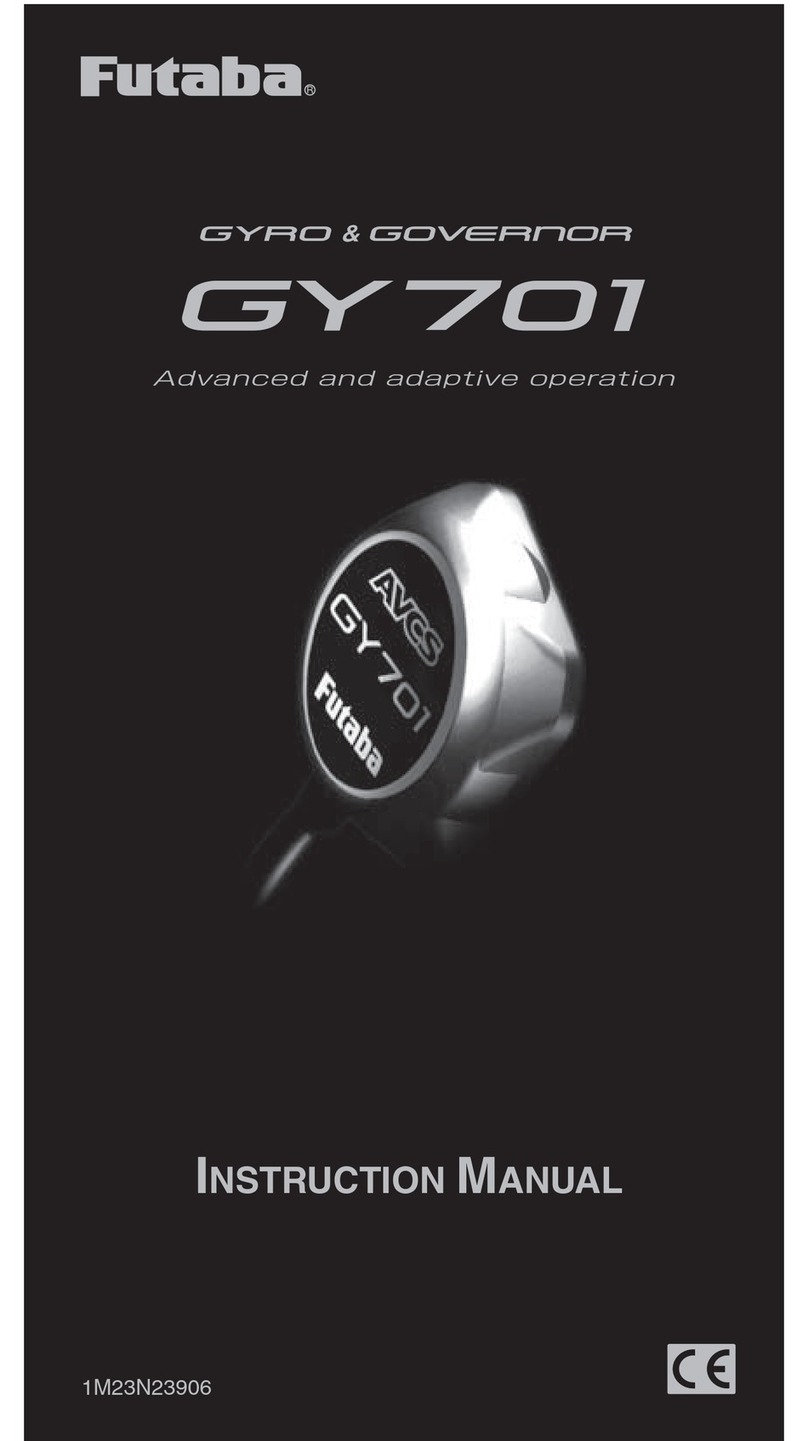
FUTABA
FUTABA GY701 installation instructions
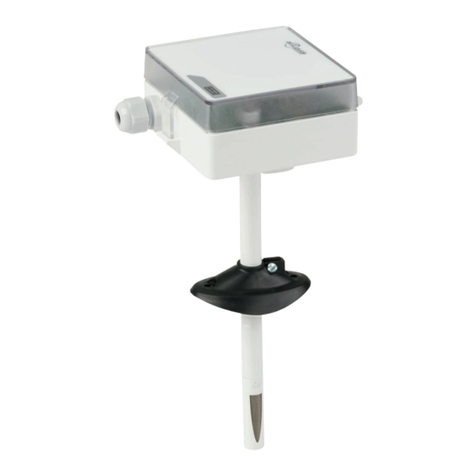
WIKA
WIKA air2guide A2G-85 operating instructions
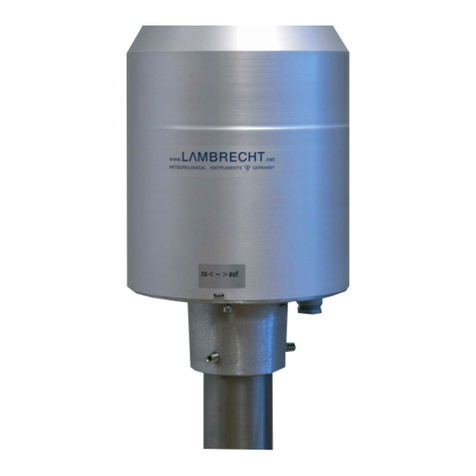
Lambrecht
Lambrecht 15189 Operating instruction
